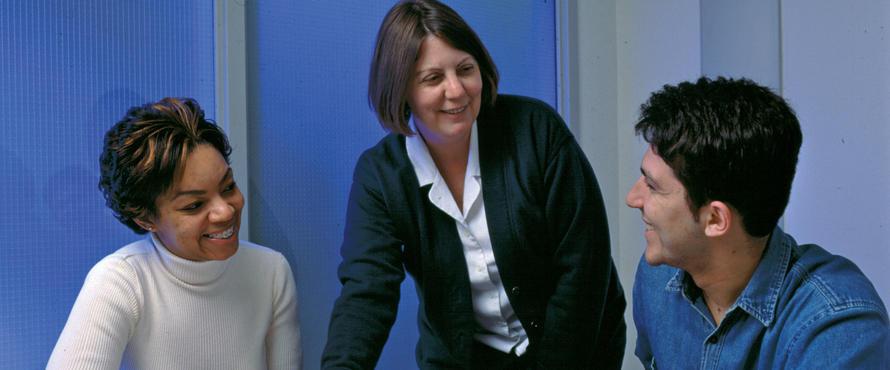Our students come to us with a vast array of life and work experience. Our Prior Learning Assessment (PLA) program provides students with the opportunity to earn credit for that learning through the following two options:
Prior Learning Portfolio
A Prior Learning Portfolio is a written, documented description of prior experiential learning that is comparable in knowledge and skills to what students learn from taking a course at any regionally accredited American community college, college or university.
Prior learning can include learning acquired from:
- Law enforcement professional experience
- Employment and on-the-job training
- Military training
- Business ownership
- Workshops and seminars
- Volunteer work
- Political/community involvement
- Living abroad
- Independent research
Portfolio Development
In Fall 2016, NDP began offering a new, one-credit-hour course, NDP 330: Creating a Prior Learning Portfolio, to help you create your portfolio. Our BAIS advisors are also available for individual portfolio appointments.
NDP 330: Creating a Prior Learning Portfolio
This new, one-credit-hour course guides students through the process of creating a portfolio that showcases prior learning experiences. The course examines issues relating to learning and life experience. It explores questions of academic specialization and professional development. Final portfolios can be used to request credit by assessment and as a testament to a student’s personal and professional accomplishments.
A Portfolio is comprised of ...
four major components: Course Narrative, Documentation, Autobiographical Essay, and Chronological Record.
The Course Narrative describes the learning in detail and is often similar to a major term paper for a course. The narrative discusses theories, concepts, and corresponding literature, demonstrating the student's mastery of the subject area.
The narrative must be well documented. Documentation supports the experiential statements in the narrative. Examples of supporting documentation are:
- Job descriptions
- Letters from employers
- Certificates
- Work product
- Transcripts
- Performance evaluation
- Employee records
The Autobiographical Statement describes your learning experiences and your educational goals. Think of it as your method of introducing yourself to the faculty who will evaluate your portfolio. It will establish a context for your experiential learning. The autobiographical statement should include:
- Description of your values as a student
- Your short and long term educational goals, including your reasons for entering the BAIS program
- An account of each of the events in your Chronological Record that describes your learning experiences and the circumstances that led you to acquire them.
A Chronological Record is a list of the significant life experiences you have had since high school that have led to college-level learning without college credit.
Fee
Qualified faculty members in the specific subject area evaluate each portfolio and award Prior Learning Credit. To submit a portfolio to a faculty member for review, the fee is dependent upon the number of awarded credits.
Prior to submission, BAIS staff will review your portfolio.
Limitations
You cannot earn academic credit through the portfolio process for credit that has already been earned. If you have previously taken a course and did poorly in it, you cannot complete a portfolio to try and improve the grade.
PLA credit may be applied to all degree requirements except the BAIS NEIU residency requirement of 24 semester hours.








